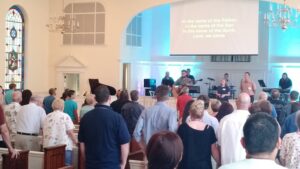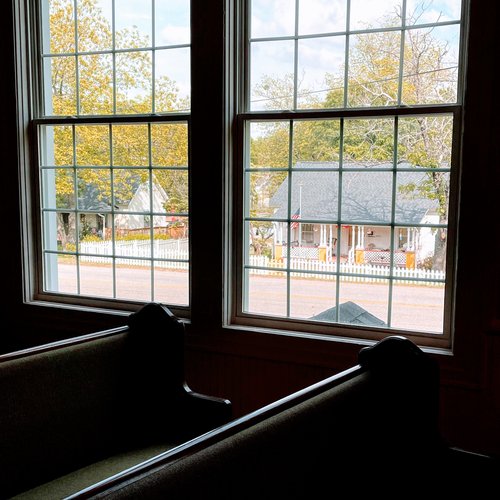Aren’t Church Revitalization and reSTARTing the Same Things?
The other day on my drive to meet with a church I pulled up behind a sporty-looking car that seemed to have much more horsepower than my 4-cylinder, lightweight engine. It was a sleek 2-door with low profile tires, a carbon fiber spoiler and everything you would expect a high-caliber sports car to have. But then I noticed emblem on the back of its body and realized it was an electric car. While this vehicle still had much more horsepower than my Honda, my impression of it changed immediately. Externally it looked like a muscle car with a carefully calibrated combustion process, but it actually had a different process for acceleration under the hood.
Church revitalization and reSTARTing churches look very similar externally as both reverse a declining trend in membership and mission. Both will yield new ministries, greater passion and momentum but often have differing paces and processes. From the bystander’s perspective, change is noticeable, but the process behind the change is very different.
Revitalization = existing church + qualified leadership + existing structure + heritage
+ renewed/ new vision + renewed/ new ministries
Through church revitalization an existing congregation experiences new life through a change of strategy but does not require a change of identity. This 3-5 year process requires assessment of current reality, vision development, alignment of ministries and process to reach specific goals yielding new life and increased gospel impact in a community. A church revitalization may or may not require a change in pastoral leadership, although some churches will seek to hire a new pastor with the expectation to lead a revitalization process.
Also, many existing ministries of the church will continue during a revitalization process, while other ineffective ministries or programs may end. Every ministry is evaluated through the lens of the vision and hard decisions are made to bring alignment and resource support for the future. Most churches needing revitalization are depending on ministries and processes that were effective in its past when the church membership was much larger and the community was demographically different.
Revitalization takes time to assess current resources and opportunities to increase effectiveness and regain momentum for an established church. While there are many other elements to church revitalization, the existing congregation continues with many of the same characteristics and qualities of their heritage, but with renewed momentum and focus.
ReSTART = new pastoral leadership + new people + new vision + new processes
+ new ministries + existing facilities + remnant members + heritage
From a quick glance, reSTARTing churches may look like revitalization because of the renewed life and increased activity on a once underutilized campus, but upon closer examination they are distinctly different. When churches reSTART, the congregation experiences new life through a change of identity, leadership, and strategy. The congregation intentionally decides to start over as a new church built on the fertile ground of their heritage and the community’s need for the gospel.
Every reSTART has new pastoral leadership with unique characteristics and calling. Some leadership transitions are a result of a merger with a church plant or an adoption by a strong partner church. Ideally the remaining members would have the ability to call a replanter that has been assessed and affirmed for the work of reSTARTing churches.
Because reSTART churches are new congregations, they also will have new ministries to serve their communities and proclaim the gospel. Established buildings are repurposed to launch new ministries for children and teens or to serve as community centers for their neighborhood.
As a newly reSTARTed church, several other changes will also be noticeable such as new bylaws with a new process for making decisions, new branding or a new name, new vision and mission, and often new partnerships for ministry.

Neighbors watching the transitions toward new life and mission will notice similar changes taking place in both church revitalization and reSTARTing churches, but they really are different. Both will yield hopeful futures for a local congregation and the community she seeks to serve, but the process fueling the new life has a different engine under the hood.
Next time you pull into the parking lot of a local church with renewed life, join me in praising God for His redeeming work in our at-risk churches across South Carolina. Then come inside and join the movement of God by becoming a meaningful member of a church with a new hope.
There is hope for plateaued and declining churches in South Carolina. Begin a conversation with our team about your church’s best option for a hopeful future by completing our Initial Church Survey. Or for more information about church revitalization or reSTARTing churches, check out HopeForChurches.org or contact our team at HopeForChurches@scbaptist.org.
Article written by James Nugent, Church Planting Strategist with South Carolina Baptist Convention, in collaboration with the Church Strategies Team.


